
| Canada Goose |
| Taken at Broadwood Loch on 14th December 2023 using Nikon D500 with Sigma 600 mm zoom lens. |
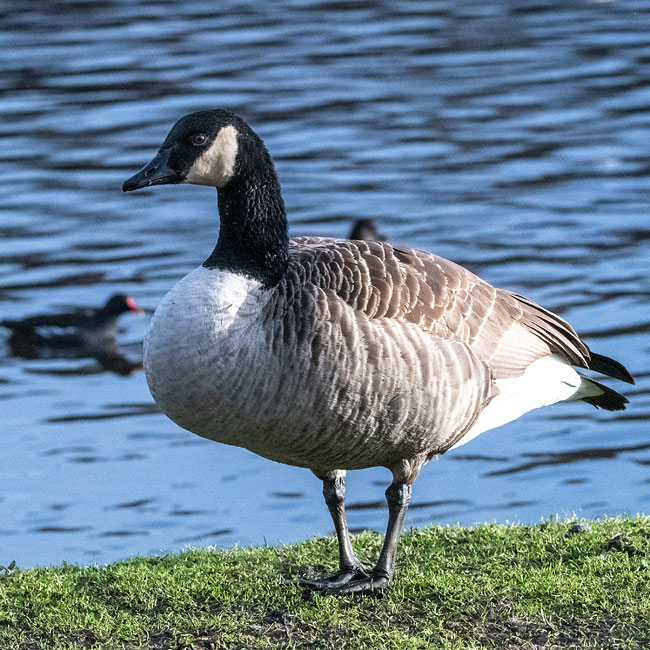
| Taken at Strathclyde Park on 11th January 2023 using Nikon D500 with Sigma 600 mm zoom lens. |
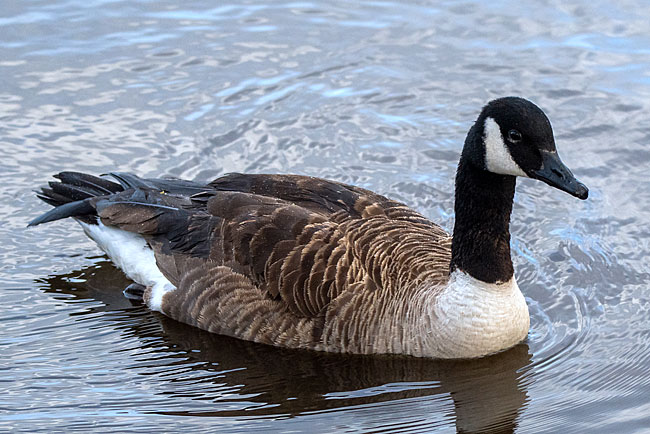
| Taken at Hogganfield Loch on 15th December 2022 using Panasonic Lumix TZ70 long shot. |
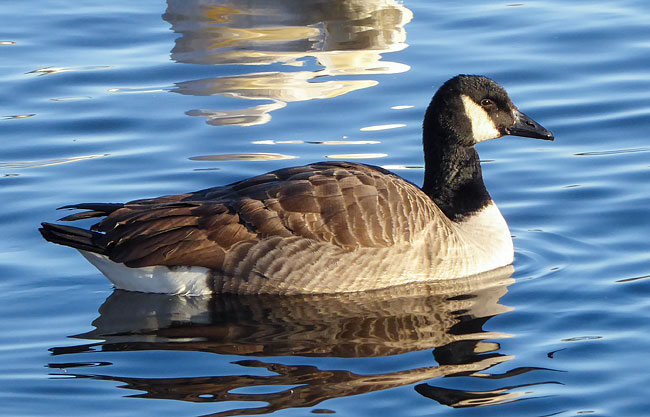
| Taken at Figgate Park on 2nd February 2020 using Nikon D500 with Sigma 600 mm zoom lens. |
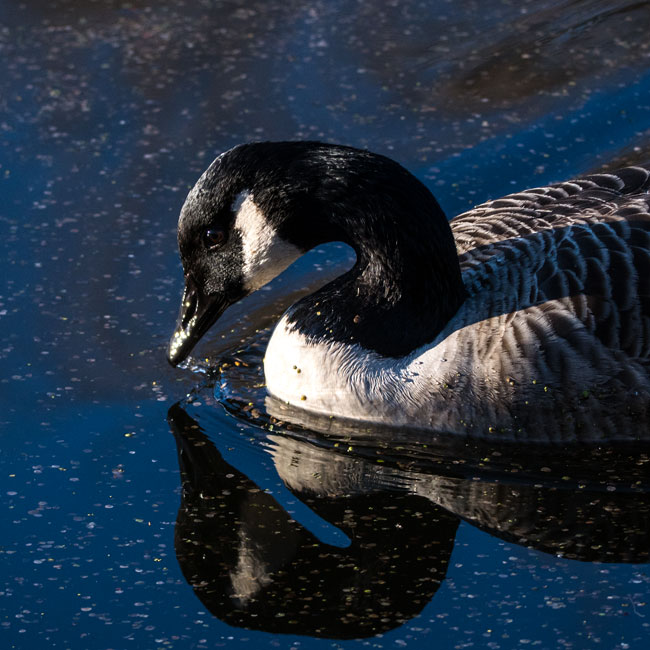
| Taken at Figgate Park on 20th February 2022 using Nikon D500 with 600 mm zoom lens |
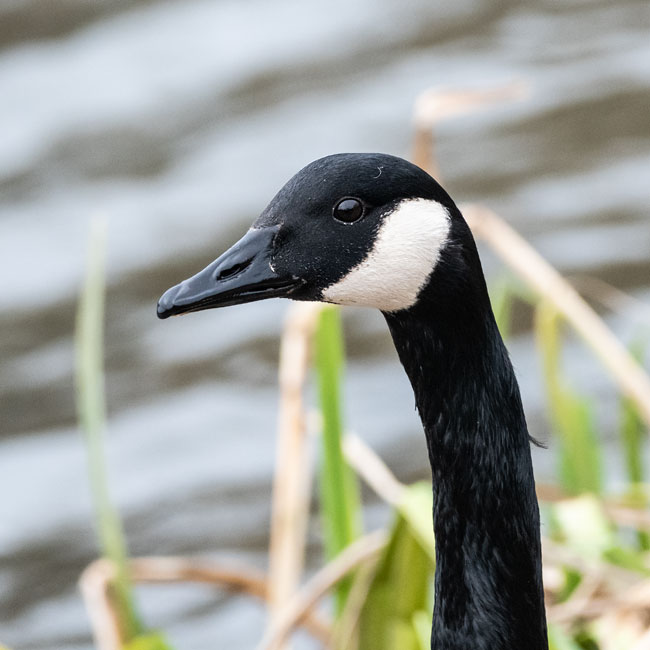
| Taken at Strathclyde Park on 27th December 2020 using Nikon D500 with Sigma 600 mm zoom lens. |
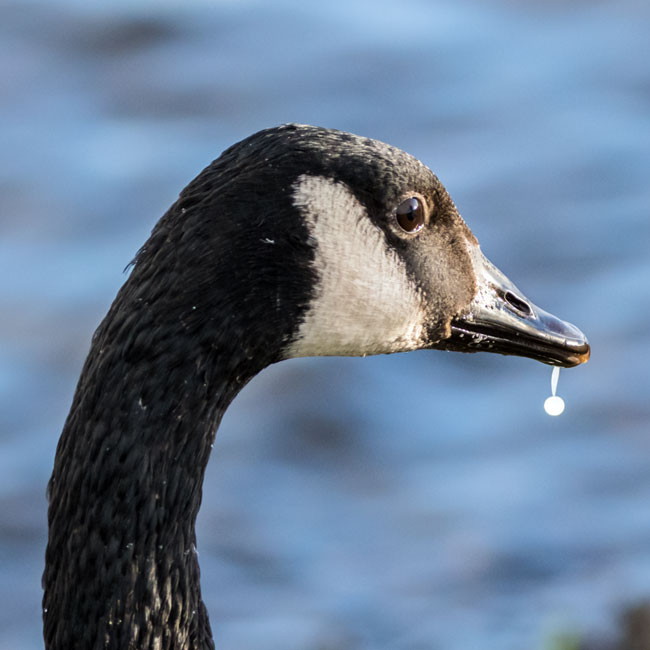
| Eclipse Plumage Taken at Musselburgh on 13th August 2025 using Nikon Coolpix P950 New |
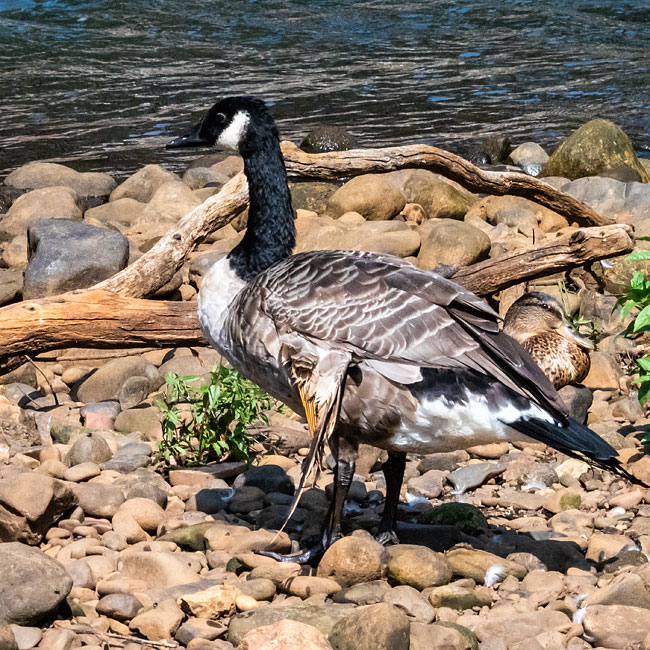
| Goslings Taken at Broadwood Loch on 24th April 2024 using Nikon D500 with Sigma 600 mm zoom lens. |

| Taken at Hogganfield Loch on 10th May 2022 using Nikon D500 with Sigma 600 mm zoom lens. |
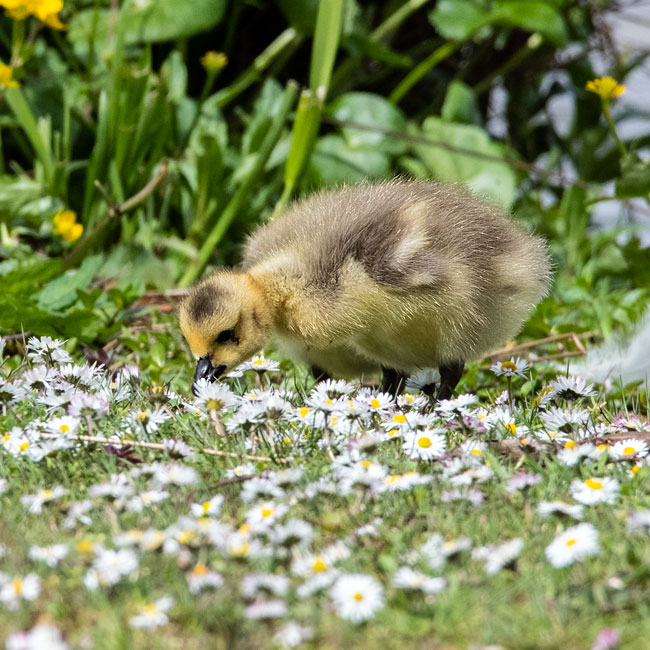
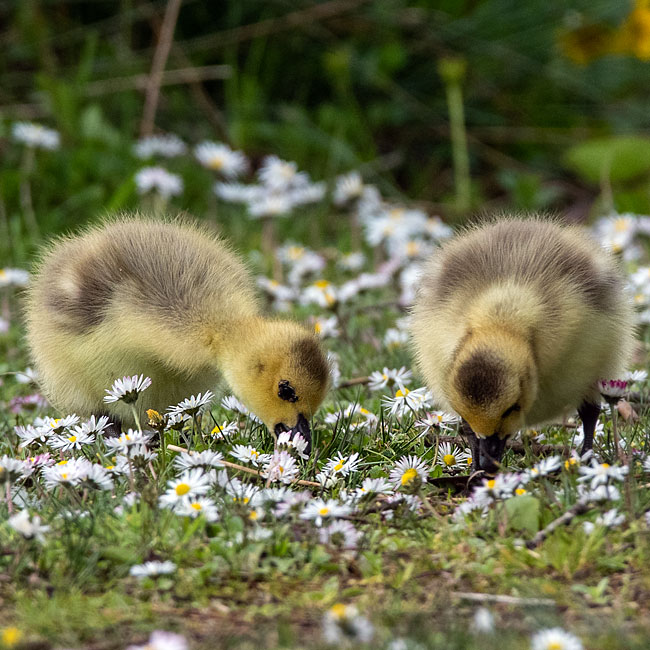
| Juveniles Taken at Hogganfield Loch on 30th May 2024 using Nikon D500 with Sigma 600 mm zoom lens. |

| Taken at Hogganfield Loch on 1st June 2018 using Nikon D5200 with Sigma 600 mm zoom lens. |
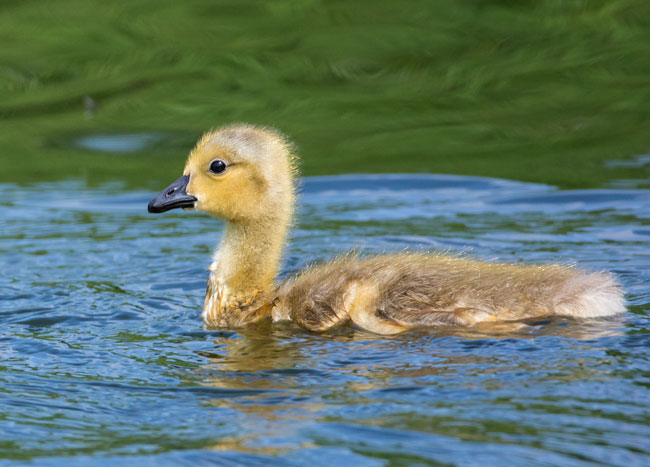
| Taken at Musselburgh on 2nd February 2020 using Nikon D500 with Sigma 600 mm zoom lens. |
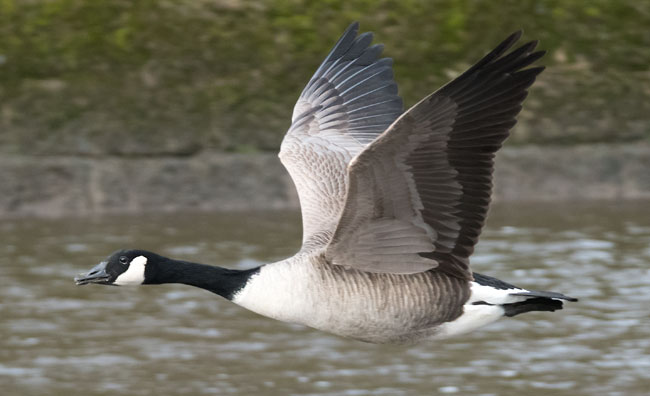
| Canada Goose. |
| Species: Order: Family: Local Names: |
Branta
canadensis. Anseriformes. Anatidae. |
| Site Of Nest: Materials: Food: Plumage: Length: Wingspan: Feature: Eggs: |
Usually
located in an elevated area near water. A shallow depression lined with plant material and down. They feed mainly on plant material. When feeding in water, they submerge their heads and necks to reach aquatic plants. Black head and neck with white "chinstrap" with brownish body plumage. 30 - 43 in. 50 - 71 in. During the second year of their lives, Canada Geese find themselves a mate. The female lays 4-8 eggs with both parents protecting the nest while the eggs incubate. During that time, they lose their flight feathers, so that they cannot fly until after their eggs hatch. This period lasts for 25 - 28 days. 2 - 8. Creamy White |
| Voice |
